Philately and philanthropy go hand-in-hand. From vintage stamps sold at auction to donations made by hobbyists, stamp collecting intersects with charitable initiatives in a variety of ways. This comprehensive guide will explore how your hobby can make a meaningful difference for nonprofits and social causes.
We’ll cover all aspects of charitable stamp collecting, including the benefits for charity organizations, the most valuable and popular types of stamps donated, tips for getting started, as well as the impact and tax incentives of donations. You’ll also find real-world examples and testimonials that demonstrate the power of leveraging your collection for good.
Whether you’re a newcomer looking to turn your budding interest into a force for change, or a seasoned collector interested in “upgrading” to charitable pursuits, you’ll discover how to unlock the full potential of stamps to fuel fundraising, spread awareness, and create positive transformation in communities across the globe.
So let’s dive in and start mapping out how your favorite hobby can connect with your values and become an engine for good.
Benefits of Stamp Collecting for Charity Organizations
Supporting nonprofit and philanthropic initiatives through stamp donations comes with a variety of perks for the organizations themselves. From increased fundraising to heightened community engagement, integrating charity into collecting delivers tangible organizational dividends.
Increased Fundraising Opportunities
One of the biggest advantages of charitable collections is that they provide charities and nonprofits with new, creative fundraising potential. The money raised from collectors that sell or donate valuable rare stamps can make a huge difference for funding special programs and services.
Hobbyist groups have held charity auctions of thematic stamp sets focused on endangered wildlife to support conservation efforts. Rare stamp sales have financed the purchase of medical equipment at hospitals. Even small donations from beginner collectors can add up and enable new community outreach projects.
Community Engagement and Support
In addition to monetary contributions, stamp collecting charity campaigns rally awareness, interest, volunteers, and patrons around causes. Stamp drives centered around specific issues get locals engaged. Competitions and challenges between collectors spur friendly rivalries, all in service of giving.
And collections donated directly supply charities with desirable auction material for their in-person fundraising events. This not only raises more money but also helps strengthen the surrounding community’s connection and personal investment in nonprofit causes.
Contribution to Social Causes
Finally, on a bigger picture level, charity-driven stamp collecting makes hobbyists a direct force for good in society. It transforms stamp enthusiasts into proactive supporters of solutions for pressing needs like sustainability, education, human rights, and more.
By leveraging collections for charity, the stamp community makes positive change far beyond the world of philately. And it enables anyone with a passion for stamps to align their hobby with their principles and values.
Types of Stamps Collected for Charity
When it comes to building stamp collections to donate or sell for charitable initiatives, not all stamps are created equal. Some categories tend to draw more interest and higher values on the philatelic market, making them better suited for nonprofit fundraising efforts.
Commemorative Stamps
These stamps honor notable people, historic anniversaries, cultural events and national pastimes. Recent US commemorative stamps have celebrated subjects like the Grammy Awards, Batman comic books, and the late Sally Ride, the first American woman in space. Their broad appeal makes them interesting auction items.
Rare Stamps
The rarest, most unique stamps yield the highest values both monetarily and in generating bidding enthusiasm. Inverted Jenny stamps printed with biplanes upside down, vintage first edition releases, and limited runs with printing mistakes are prime examples of scarce stamps that fetch major money at charity sales.
Vintage Stamps
Age contributes significantly to collectibility and worth. Stamps over a century old almost always possess higher price tags for collectors. Vintage 19th century stamps like the Ben Franklin Z Grill or 1893 Columbian Exposition issue can evaluation into multiple thousands and make highly profitable charity auction offerings.
Thematic Stamps
Stamps grouped around themes like animals, flowers, holidays, space exploration or music form easily marketed collections tailored to specialized interests amongst buyers. Compiling thematic sets to donate enables charities to cater to niche bidder preferences at fundraisers or online auctions.
Getting Started with Stamp Collecting for Charity
Eager to begin leveraging your hobby for good but not sure where to start? Follow this beginner’s guide to charitable stamp collecting best practices.
Researching Charity Partners
First, browse nonprofits and causes close to your heart to identify potential donation recipients. Homeless shelters, food banks, animal rescues, hospitals, and environmental groups make great charity partners.
Vet organizations to confirm they have 501(c)(3) IRS charity status and respectable company reviews. Resources like Charity Navigator, Great Nonprofits, and GuideStar offer transparency ratings.
Establishing Collection Goals
Once you select recipient charities, decide on collection endpoints. Will you donate proceeds from selling complete stamp collections? Build themed sets for fundraising auctions? Contribute monthly gifts from your inventory?
Setting measurable targets like accumulating rare stamps valued at $1000+ or compiling diverse wildlife stamp portfolios keeps your efforts focused.
Networking with Fellow Collectors
Connect with the wider philanthropic stamp community to exchange advice, pool resources, and participate in coordinated campaigns. Reach out to stamp clubs and online forums to find fellow hobbyists to collaborate with.
Discuss best practices for compiling lucrative collections and marketing charity auctions. Brainstorm inventive event ideas like kids’ stamp design competitions.
How Stamp Collections Support Charitable Causes
Stamp collecting intersects with philanthropy in a multitude of ways. Donated collections provide diverse and meaningful backing for charity initiatives.
Funding Specific Programs
Monetary support from stamp donation drives and sales directly enables nonprofits to fund specialized services otherwise unattainable.
For example, boys & girls clubs have used commemorative youth sport stamp proceeds to finance athletic equipment purchases. Environmental nonprofits have funded wildlife rehabilitation programs through animal-themed stamp collection auctions.
Supporting Marginalized Communities
Stamp fundraising campaigns also further social justice by uplifting minority groups in need.
Collections honoring Black heritage figures have funded educational scholarships at historically Black colleges. Donations of Breast Cancer Research stamps from USPS subsidize free screening programs. The opportunities are boundless.
Promoting Awareness and Advocacy
Creative thematic stamp compilations build momentum around specific causes like hunger, homelessness, mental health, etc. This fosters much-needed awareness and advocacy.
For instance, an original stamp portfolio depicting the reality of living on the streets helped one nonprofit spread their mission and gain supporters. The unique medium commanded public attention.
Tax Benefits of Donating Stamps to Charity
Do you know donating stamps offers unique tax perks? Get the full rundown of how to qualify for deductions.
Overview of Tax Deductions
When you donate appreciable assets like stamp collections to registered 501(c)(3) nonprofits, you can qualify for itemized deductions on your taxes. The IRS allows you to deduct the fair market value of contributions.
So if you gift a completed rare stamp collection worth $2,000 to your favorite charity, you can deduct that full amount (with total deductions capped at 60% adjusted gross income).
Qualifications for Tax Benefits
To qualify, you must officially appraise your stamp collection donation using an IRS Form 8283. Take detailed photos of your stamps and have them valued by a licensed philatelic appraiser.
Get a qualified appraisal for contributions over $5,000; under that threshold, reputable market pricing data suffices. Submit the documentation with your return.
Documentation & Reporting Requirements
Always get a gift receipt from the nonprofit for your records indicating the date and details of donated items. And be sure to report deductions on Schedule A, Form 1040 when filing.
Consult IRS Publication 561 for full guidance on documentation needed to verify and safely maximize stamp collection charitable deductions.
Impact of Stamp Donations on Charity
The collective efforts of charitable stamp collectors and donations make an immense difference for nonprofits. The dollar amounts raised and awareness boosted continues rising annually.
Case Studies of Successful Campaigns
Take the Used Stamp Drive organized by the Philatelic Group of Boston, which has donated over $100,000 worth of stamps to cancer research at Dana-Farber over the past decade. They engage the community to contribute their own collections.
The Wildlife Conservation Stamp Club compiled a themed endangered species portfolio that garnered nearly $50,000 at auction for the World Wildlife Fund. This funded months of anti-poaching patrols.
Testimonials from Charity Leaders
Stamp donations allow smaller nonprofits to finance projects they couldn’t otherwise, shares Lindsey from the Sunbeam Center for Youth: “Proceeds from donated vintage stamp collections helped us renovate our technology lab for underprivileged students last year.”
“The interest stamp collections spark has enabled us to spread our mission to wider, non-traditional audiences during fundraising events,” remarks Tom of the Red Cross. “It never ceases to draw attention and support.”
Conclusion
As we’ve explored, stamp collecting intersects with charitable causes in varied, meaningful ways. Donations support impactful programming, raise awareness for marginalized groups, and offer hobbyists avenues to give back.
Key takeaways include:
- Charity stamp sales and donations unlock transformative, alternative fundraising streams for nonprofits. Even small gifts make big differences.
- Compiling creative thematic collections captures wider public interest and channels it towards specific philanthropic initiatives.
- Tax incentives add appeal, allowing collectors to redeem significant deductions for donated stamps valued over thousands.
- The communal, engaging nature of group stamp drives and friendly competitions brings communities together around charity.
- Rare, commemorative, and vintage stamps draw enthusiast buyers, garnering higher auction proceeds to fuel vital programming.
While stamps offer unique advantages, all hobby items from books to tea cups can be pooled and leveraged through the same framework of donating, fundraising, and conscious collecting for community impact.
We hope this guide has ignited ideas for how to align your stamp collecting passion with purpose. Now is the time to get started compiling charity collections and connecting with nonprofit partners to start making a difference!

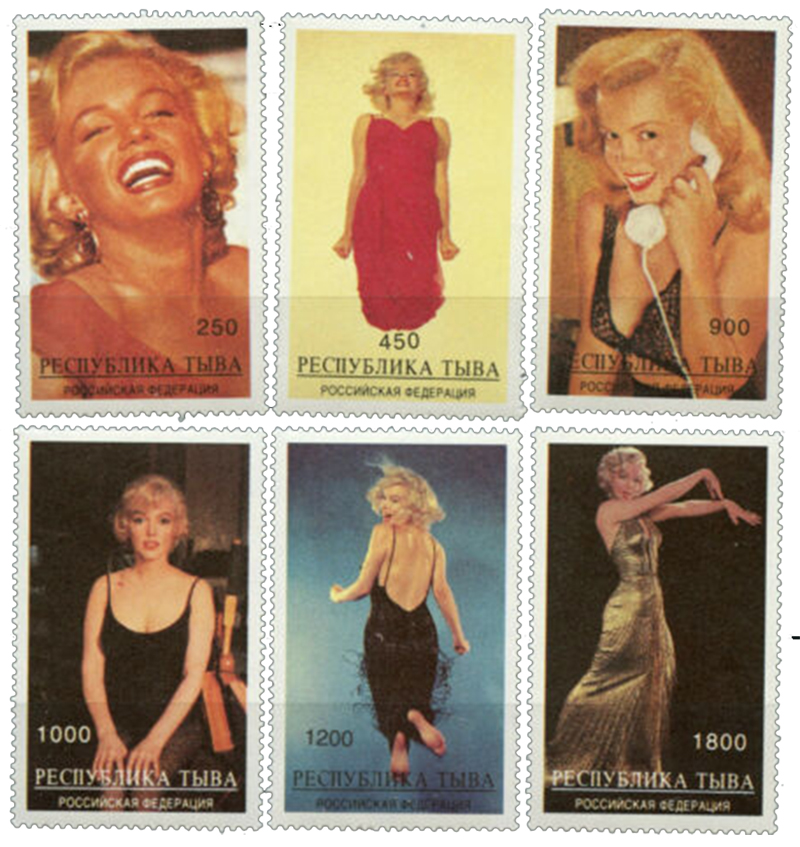
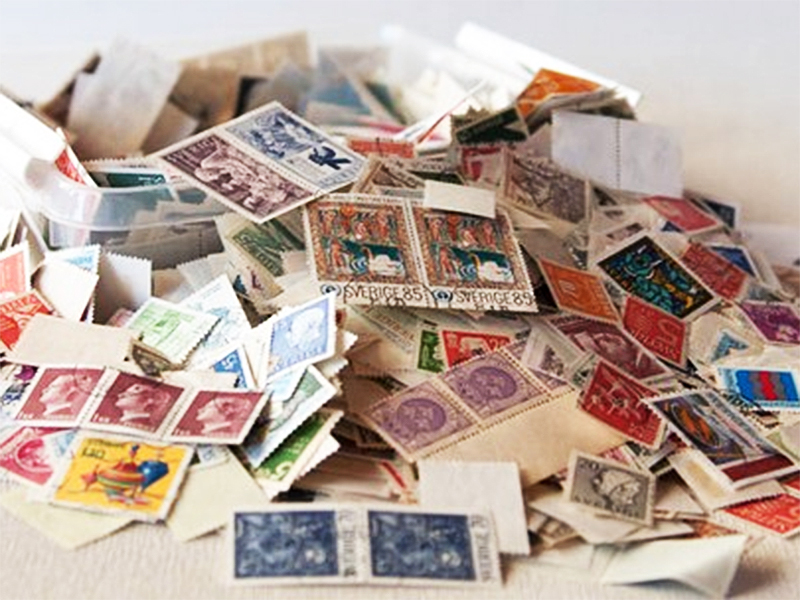
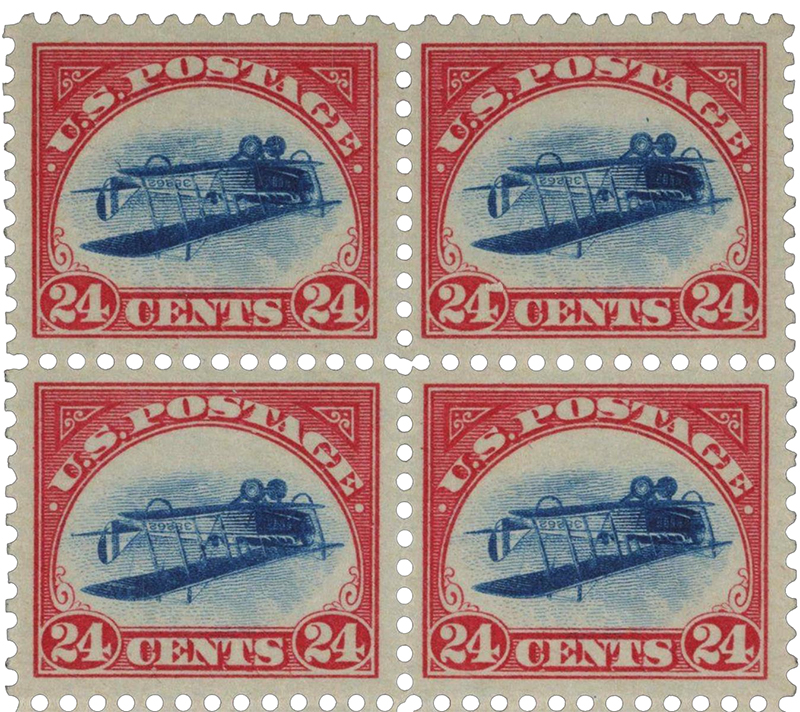
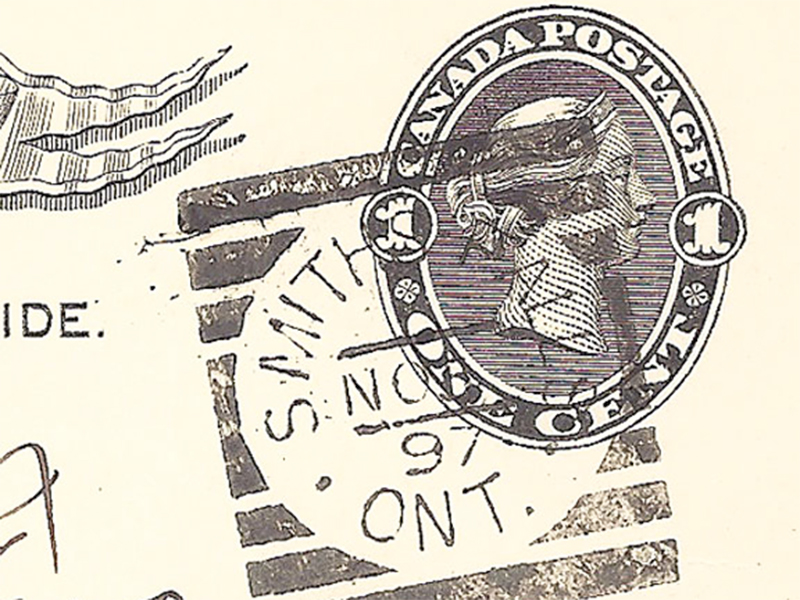
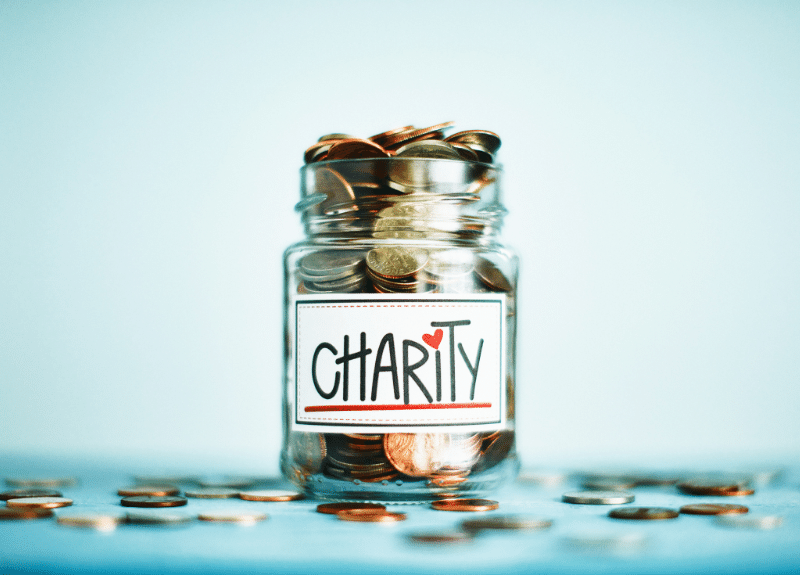
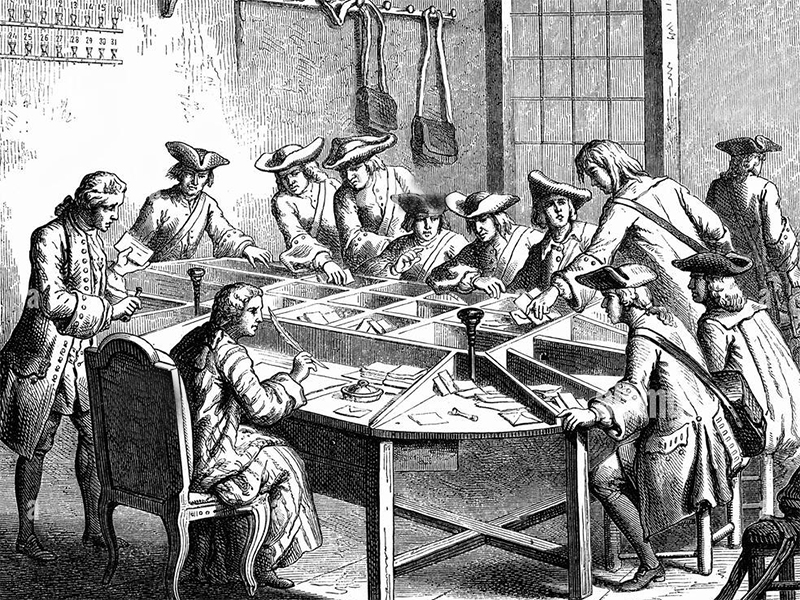



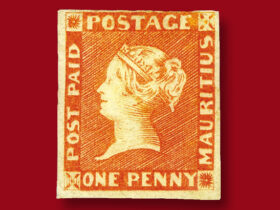
Leave a Reply